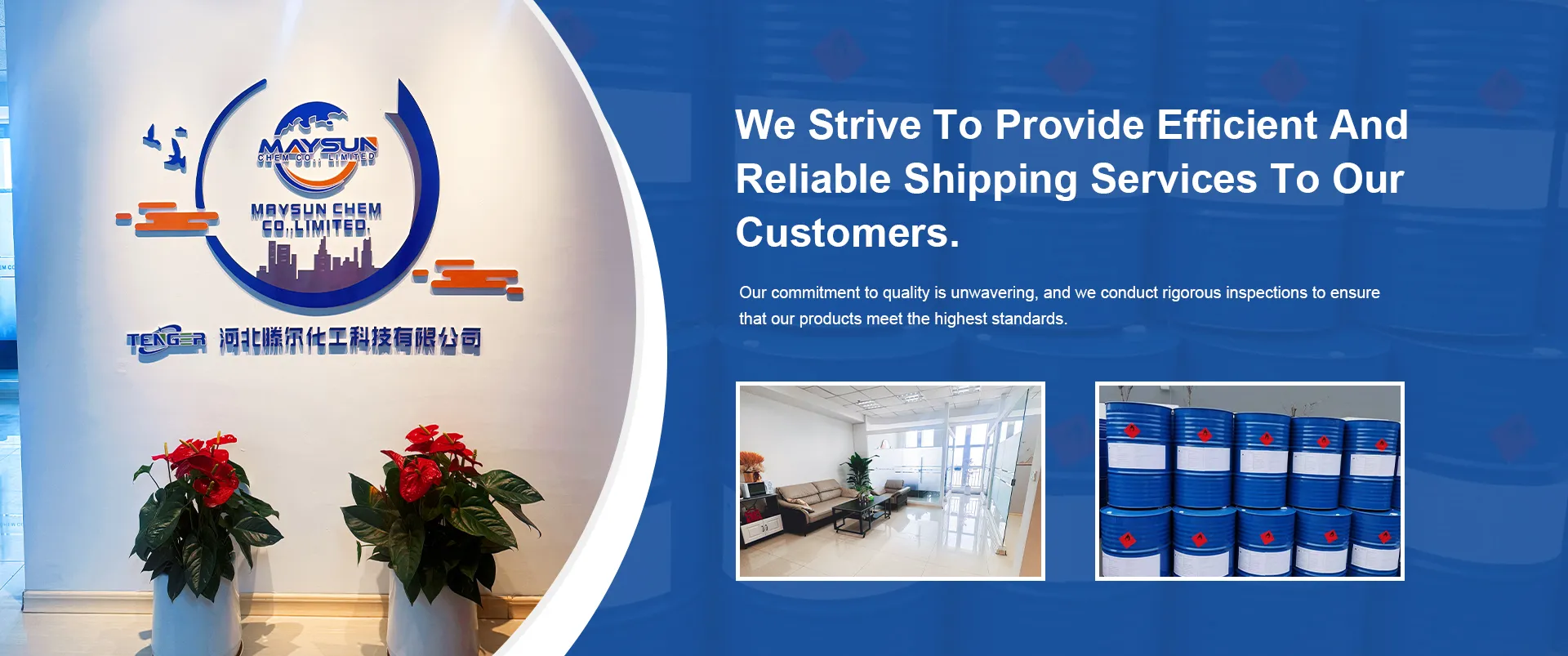
Health Risks of Common Preservatives Linked to Cancer Development in Foods
Carcinogenic Preservatives Understanding the Risks and Impacts
In today's fast-paced world, the use of preservatives in food products has become a common practice. These substances help extend shelf life, maintain flavor, and prevent spoilage. However, concern has been growing regarding certain preservatives that may have carcinogenic properties. This article delves into the significance of understanding carcinogenic preservatives, their potential health impacts, and how to make informed choices.
What Are Preservatives?
Preservatives are additives used in food, cosmetics, and pharmaceuticals to inhibit spoilage and protect against bacteria, molds, and other microorganisms. They can be classified into natural and synthetic categories. Natural preservatives include substances like salt, sugar, and vinegar, while synthetic ones encompass a wide variety of chemicals developed to enhance product longevity.
Carcinogenic Preservatives A Cause for Concern
Some preservatives have been under scrutiny due to evidence suggesting they may contribute to cancer development. Notable amongst these are
1. Nitrites and Nitrates Commonly used in processed meats, these compounds can convert into nitrosamines when exposed to high heat during cooking. Nitrosamines have been linked to various types of cancer, particularly colorectal cancer.
2. BHT and BHA These butylated hydroxytoluene and butylated hydroxyanisole are used to prevent fats from going rancid. Laboratory studies have indicated that these substances may cause tumors in mice, prompting concerns about their safety in human consumption.
3. Sodium Benzoate Often utilized in soft drinks and acidic foods, sodium benzoate can form benzene, a known carcinogen, when combined with ascorbic acid (vitamin C) and exposed to light. This has raised alarms regarding its usage in everyday products.
4. Propyl Gallate Another preservative used in fats and oils, propyl gallate has demonstrated potential carcinogenic effects in animal studies, causing concern among health experts and consumers.
Health Impacts and Regulatory Oversight
carcinogenic preservatives

The potential health risks associated with carcinogenic preservatives have led to increased scrutiny from regulatory agencies. Organizations like the U.S. Food and Drug Administration (FDA) and the European Food Safety Authority (EFSA) monitor and evaluate the safety of food additives. However, the evaluation process can be complicated and may not always keep pace with emerging research findings.
As consumers become more health-conscious, there is a growing demand for transparency in food labeling. Many individuals are opting for products free from synthetic additives and preservatives, pushing manufacturers to reconsider their formulations.
Making Informed Choices
To navigate the landscape of food safety and preservatives, consumers can take several steps
1. Read Labels Always check ingredient lists for preservatives. Understanding what chemicals are present can empower consumers to make informed choices.
2. Opt for Natural Alternatives Whenever possible, choose products that utilize natural preservatives. Items with fewer ingredients or those labeled as preservative-free are often safer options.
3. Support Whole Foods Incorporating more whole foods into your diet—fruits, vegetables, grains, and proteins without additives—can minimize exposure to potentially harmful preservatives.
4. Stay Educated Keeping informed about research findings regarding food safety and preservatives can aid in making better dietary choices. Follow reliable health and food safety organizations for updates.
Conclusion
While preservatives play a crucial role in maintaining food safety and quality, awareness of their potential carcinogenic effects is essential. By understanding the risks associated with certain preservatives, consumers can make informed choices that align with their health goals. Striving for a balanced diet rich in natural, whole foods while remaining vigilant about food additives is key to promoting long-term health and well-being.
-
Pure Sodium Dichloroisocyanurate Dihydrate | Powerful DisinfectantNewsAug.29,2025
-
Industrial Chemicals: Quality & Purity for Every IndustryNewsAug.28,2025
-
Nitrile Rubber Honoring Strict Production StandardsNewsAug.22,2025
-
Aspartame Ingredients Honoring Food Safety ValuesNewsAug.22,2025
-
Fertilizer for Balanced Plant NutritionNewsAug.22,2025
-
Cyanide Gold Processing with High Purity AdditivesNewsAug.22,2025
-
Formic Acid in Textile Dyeing ApplicationsNewsAug.22,2025
Hebei Tenger Chemical Technology Co., Ltd. focuses on the chemical industry and is committed to the export service of chemical raw materials.
-

view more DiethanolisopropanolamineIn the ever-growing field of chemical solutions, diethanolisopropanolamine (DEIPA) stands out as a versatile and important compound. Due to its unique chemical structure and properties, DEIPA is of interest to various industries including construction, personal care, and agriculture. -

view more TriisopropanolamineTriisopropanolamine (TIPA) alkanol amine substance, is a kind of alcohol amine compound with amino and alcohol hydroxyl, and because of its molecules contains both amino and hydroxyl. -

view more Tetramethyl Thiuram DisulfideTetramethyl thiuram disulfide, also known as TMTD, is a white to light-yellow powder with a distinct sulfur-like odor. It is soluble in organic solvents such as benzene, acetone, and ethyl acetate, making it highly versatile for use in different formulations. TMTD is known for its excellent vulcanization acceleration properties, which makes it a key ingredient in the production of rubber products. Additionally, it acts as an effective fungicide and bactericide, making it valuable in agricultural applications. Its high purity and stability ensure consistent performance, making it a preferred choice for manufacturers across various industries.





